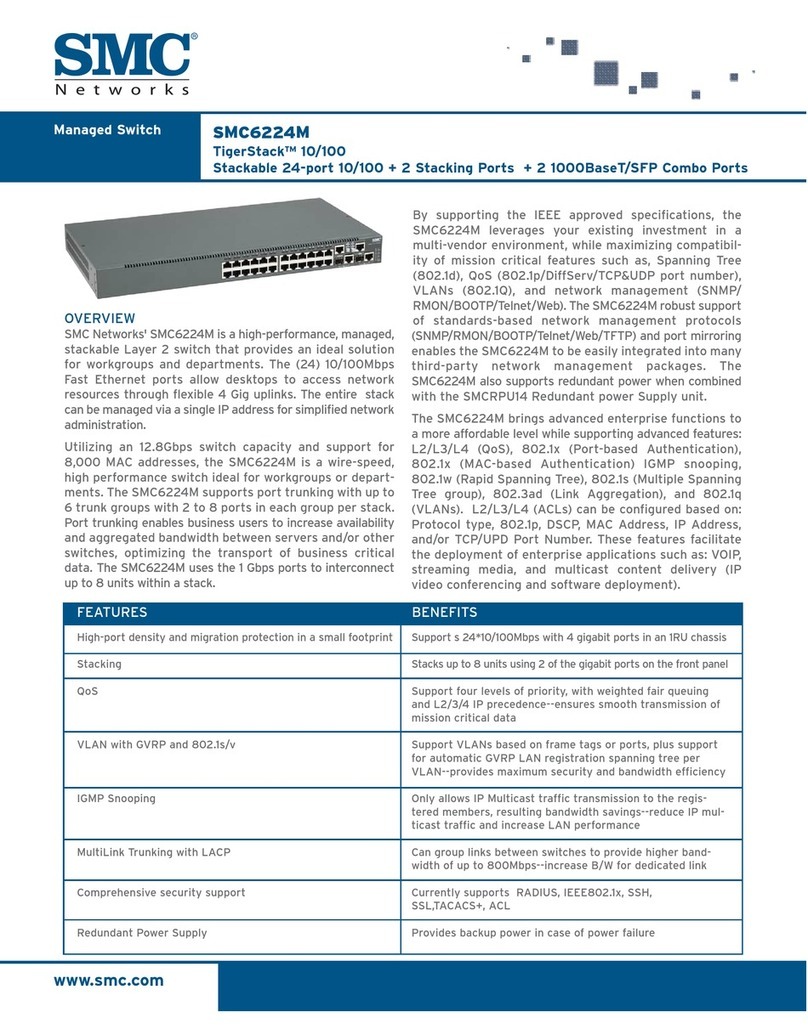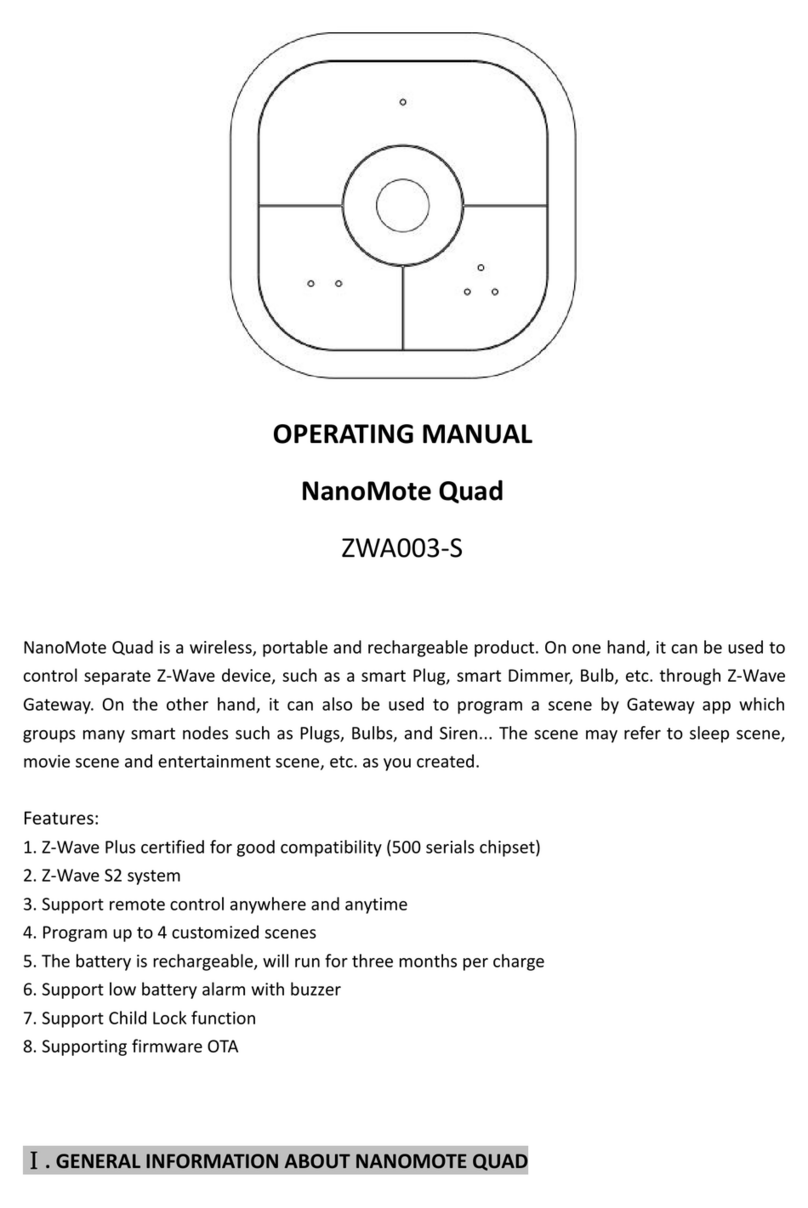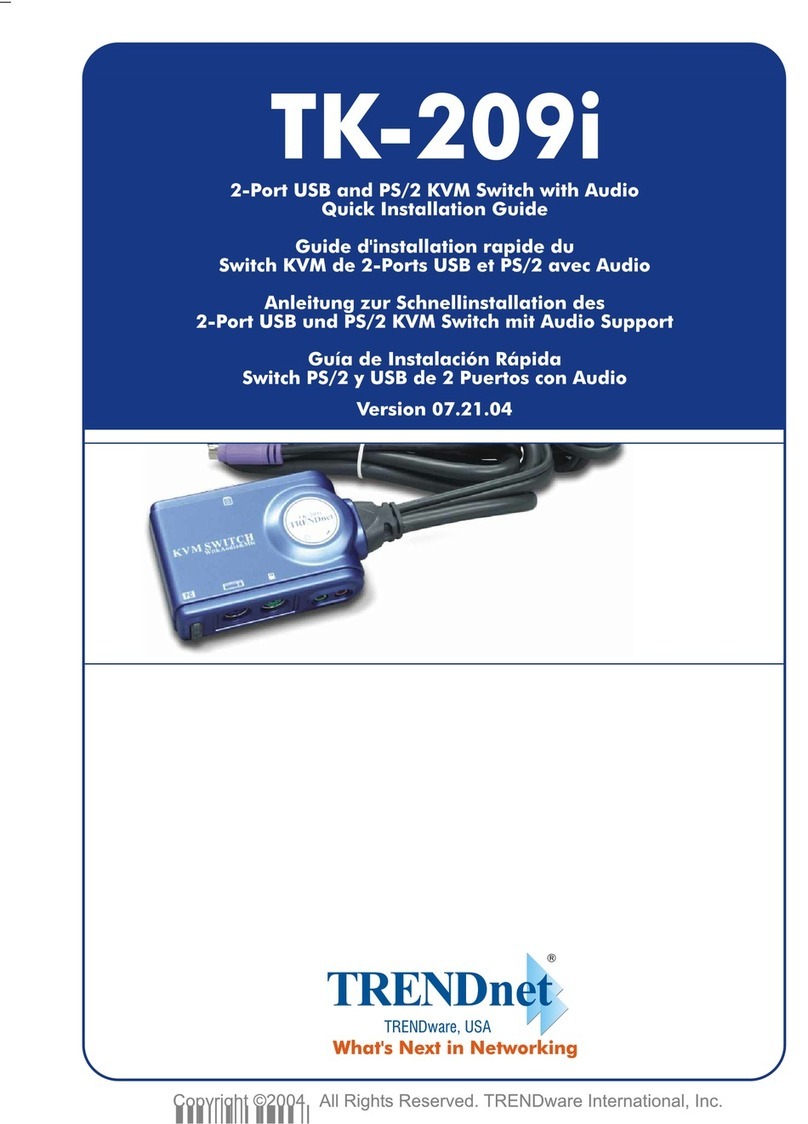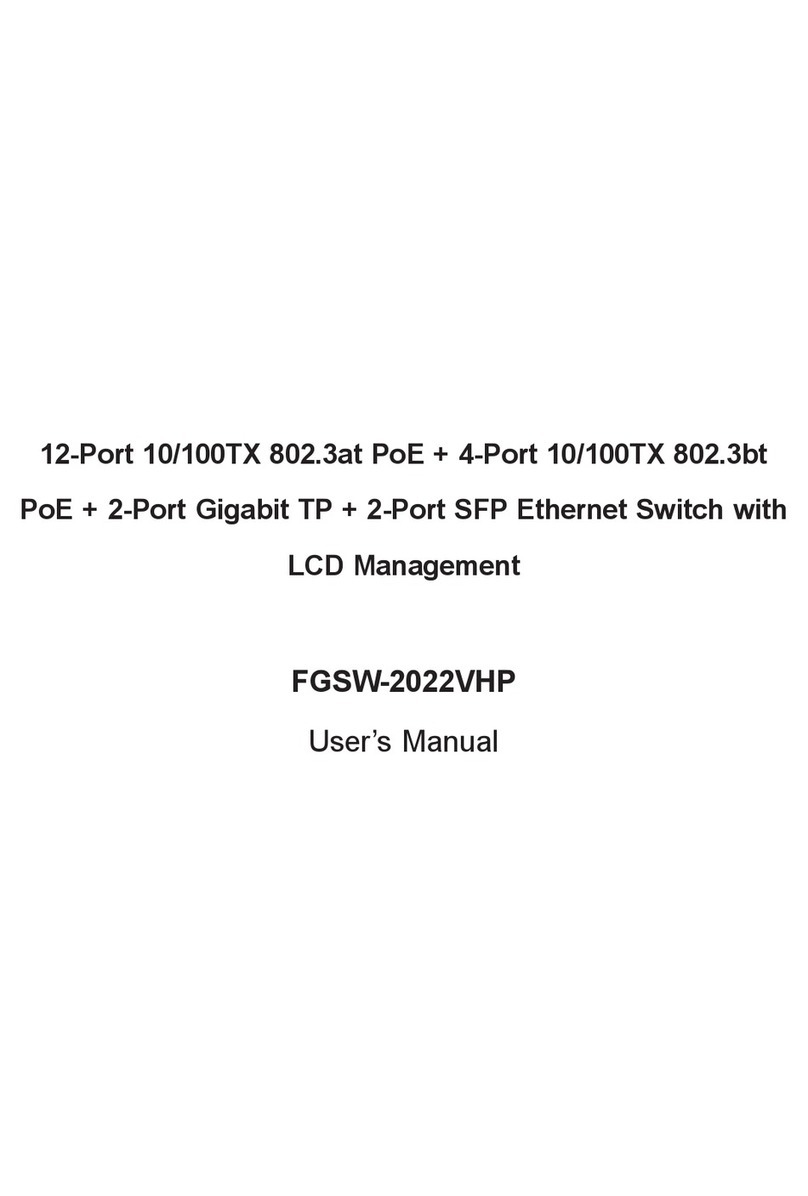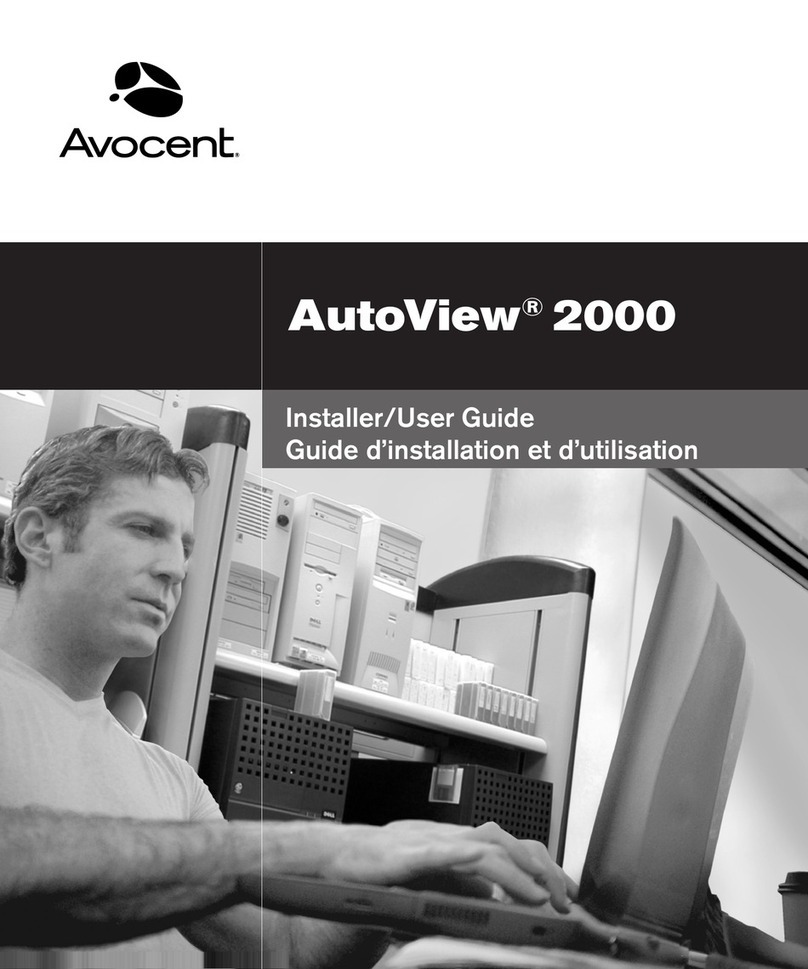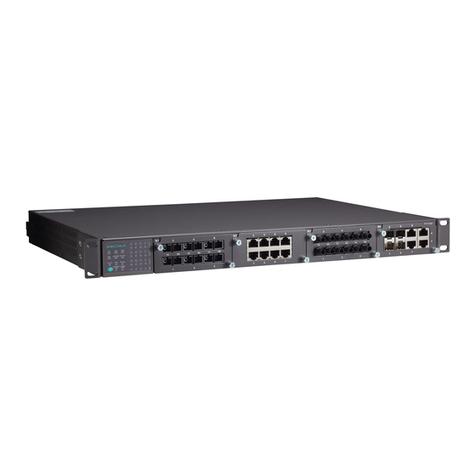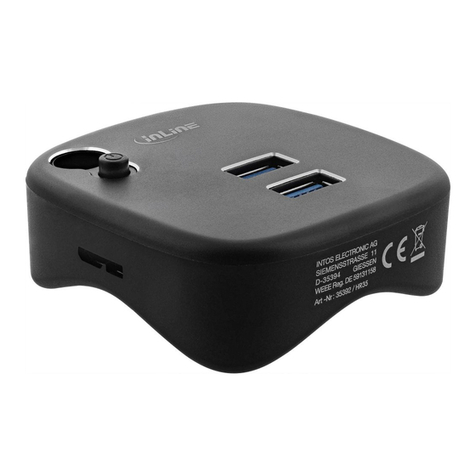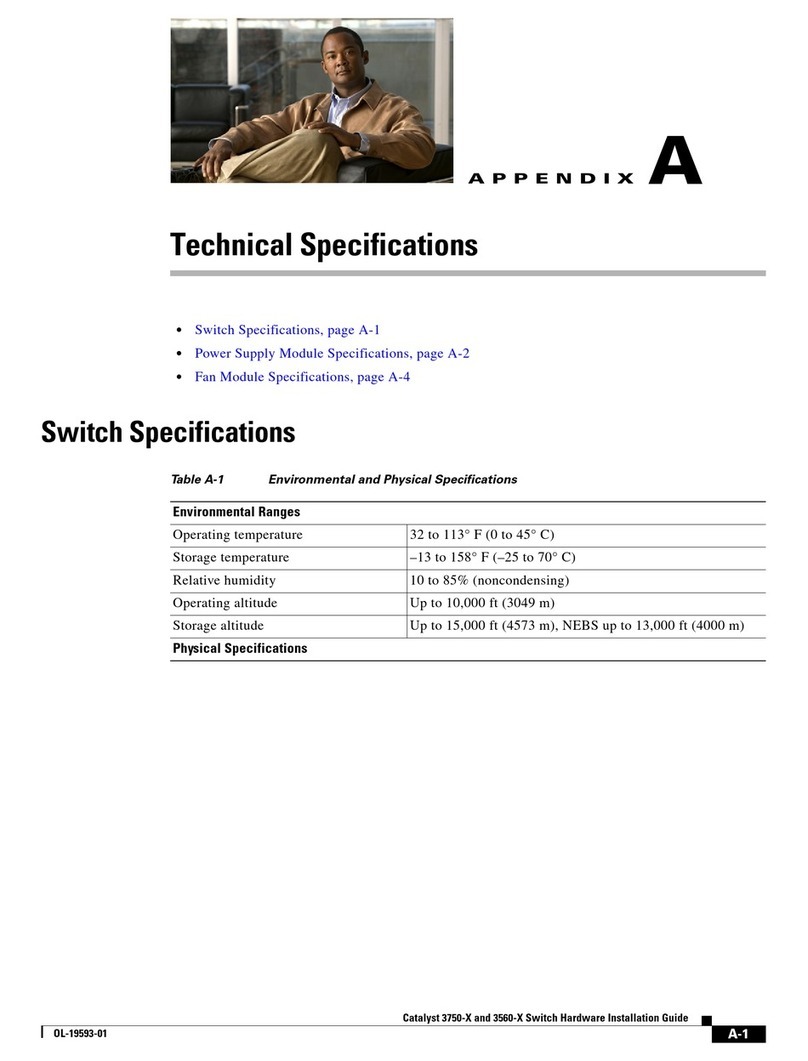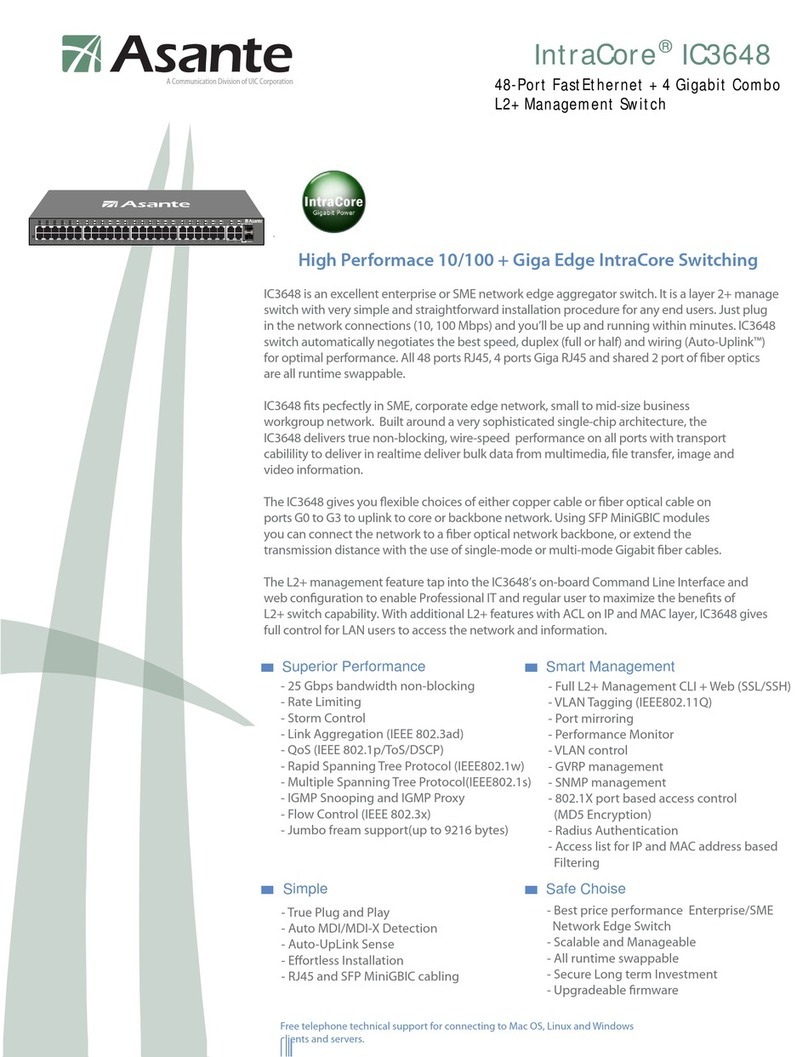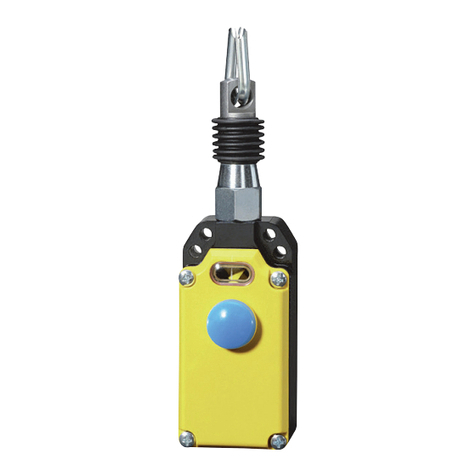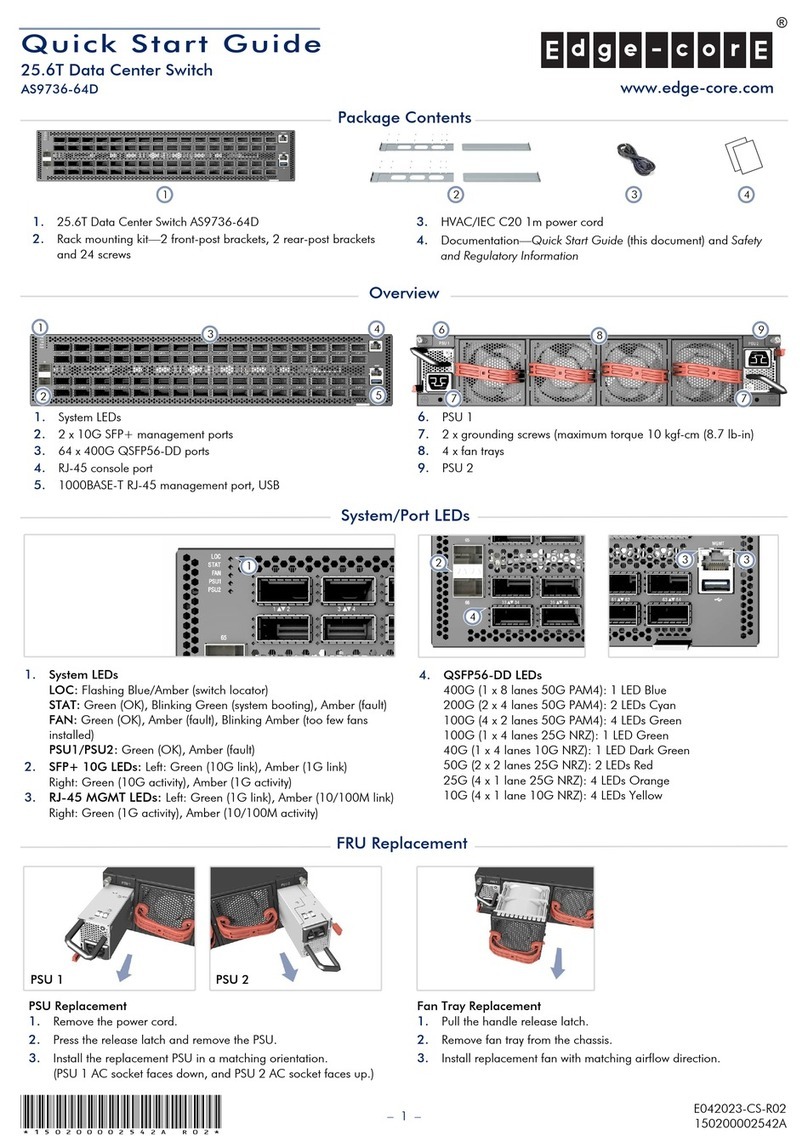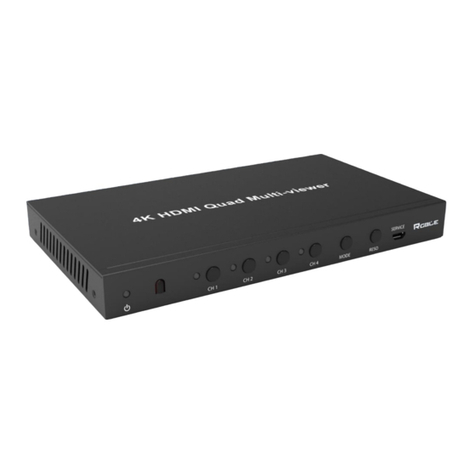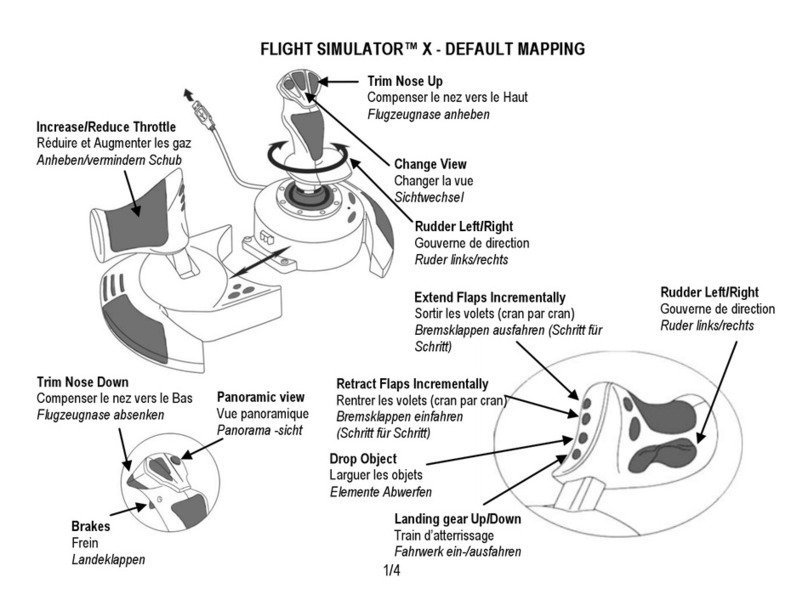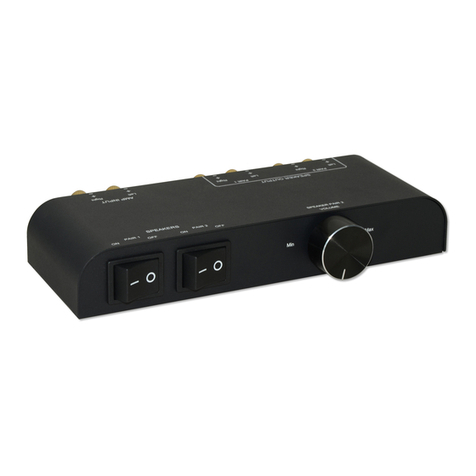
F12 - Alarm mode:
Selects how the instrument checks for the presence of an alarm. The activation of this function allows
displaying the alarm or switching off the control output.
[OFF,] - Alarm turned off;
[,,,1]- Absolute out-of-range alarm acting in the output:
Considers the values defined in [,F13] and [,F14] as minimum and maximum values to display an
alarm and shut down the control output;
[,,,2] - Absolute out-of-range alarm (indication only):
Considers the values defined in [,F13] and [,F14] as minimum and maximum values to display
an alarm;
[,,,3] - Out-of-range alarm relating to the output acting setpoint:
Considers the [,F03] setpoint and the absolute values defined in [,F13] and [,F14], i.e., the
positive value of these functions as minimum and maximum values to display the alarm ans shut down
the control output.
Limits: ([,F03] - [,F13] and [,F03] + [,F14]).
[,,,4] - Out-of-range alarm relating to the setpoint (indication only):
Considers the [,F03] setpoint and the absolute values defined in [,F13] and [,F14], i.e., the
positive value of these functions as minimum and maximum values to display the alarm.
Limits: ([,F03] - [,F13] and [,F03] + [,F14]).
F13 - Low-pressure alarm:
F14 - High-pressure alarm:
These are the minimum and maximum values to activate the pressure alarm. If the value of function F12
is different from [OFF,] and if these values are exceeded, the instrument indicates the low pressure
messages [,PLo] or high pressure [,Phi], but these events occur in the alarms only after the time
and conditions defined in function F15.
F15 - Alarm validation time:
This is time that the alarm will remain deactivated, even under alarm conditions. This inhibition time
starts being counted after the power on delay expires.
A low pressure [,Plo] or high pressure [,Phi] event must remain in this condition for the time set in
this function for the instrument to generate a low pressure alarm [APLo] or high pressure alarm
[APhi] and act on the control output according to the value defined in function F12.
If an alarm is inhibited by the user (by pressing the >key for two seconds or through the digital inputs),
this time is reset.
This function can be disabled by adjusting it to the minimum value 0 [no,,].
F16 - Operating time of the output for maintenance:
Whenever the output is activated the apparatus will count its operating time.
When the counted time is equal or longer than the one set in this function, the display will show the
message [Man1], signalizing that the compressor must be serviced.
F17 - Digital input operating mode 1:
It allows choosing the operating mode of the digital input 1.
[,,,0] - Disable;
[,,,1] - NO contact acting on the output by switching it off (external alarm);
[,,,2] - NC contact acting on the output by switching it off (external alarm);
[,,,3] - NO contact, enables the control (external switch);
[,,,4] - NC contact, enables the control (external switch);
[,,,5] - NO contact, alarm inhibition;
[,,,6] - NC contact, alarm inhibition.
F18- Digital input operating mode 2:
It allows choosing the operating mode of the digital input 2.
[,,,0] - Disable;
[,,,1] - NO contact acting on the output by switching it off (external alarm);
[,,,2] - NC contact acting on the output by switching it off (external alarm);
[,,,3] - NO contact, enables the control (external switch);
[,,,4] - NC contact, enables the control (external switch);
[,,,5] - NO contact, alarm inhibition;
[,,,6] - NC contact, alarm inhibition.
F19 - Digital input operating mode 3:
It allows choosing the operating mode of the digital input 3.
[,,,0] - Disable;
[,,,1] - NO contact acting on the output by switching it off (external alarm);
[,,,2] - NC contact acting on the output by switching it off (external alarm);
[,,,3] - NO contact, enables the control (external switch);
[,,,4] - NC contact, enables the control (external switch);
[,,,5] - NO contact, alarm inhibition;
[,,,6] - NC contact, alarm inhibition;
[,,,7] - NO contact, acting on the output by switching it on independently of the control (external
test);
[,,,8] - NC contact, acting on the output by switching it on independently of the control (external
test).
NOTE: For safety reasons, when the alarm limits [APLo] or [APHi] are reached, the output is
switched off.
F20 - Time for setpoint validation:
Upon reaching the setpoint the pressure must remain in this condition until this time has elapsed and
then switch off the control output (it avoids overshooting in the pump/compressor activation). This
function can be disabled by adjusting it to the minimum value 0 [no,,].
NOTE: For safety reasons, when the alarm limits [APLo]or [APHi]are reached, the output is
switched off.
F21 - Functions lock mode:
This enables and configures the functions lock.
[,,,0] - Does not allow the function block;
[,,,1] - It allows a partial lock where the control functions will be locked but the adjustment of the
setpoint and hysteresis (by quick access), date views, and maximum and minimum record views are
allowed.
[,,,2] - It allows the full lock, enabling only the date views and maximum and minimum record views.
F22 - Time for functions lock:
Allows lockdown of control functions (see item 6.3.2)
[,,15] - [,,60] - Defines the time in seconds for the controller to activate.
F23 - Turning the control functions off:
Allows the turning off of the control functions (see item 6.3.3)
[,,,0] - Disables control functions shutdown;
[,,,1] - Enables activation / deactivation of the control functions only if the functions are unlocked;
[,,,2] - Enables activation / deactivation of the control functions even if the functions are locked.
EASYPROG
8. OPTIONAL ITEMS - Sold Separately
EasyProg - version 2 or later
An accessory whose main function is to store the parameters of the controllers. At any time you may load
new parameters of a controller and download them on a production line (of the same controller), for
example.
It has three types of connections for loading or downloading the parameters:
- Serial RS-485: It is connected via the RS-485 network to the controller
(only for those controllers provided with RS-485).
- USB: It is connected to the computer’s USB port using
Sitrad’s Recipe Editor.
- Serial TTL: The controller may be connected directly to
EasyProg via Serial TTL connection.
Ecase
Recommended for the Evolution line, it keeps water from entering the back part of the instrument.
It also protects the product when the installation site is being washed.
Extended Frame
The Full Gauge Controls extended frame allows the installation of Evolution and Ri line controllers with
maximum dimensions of 76 x 34 x 77 mm (opening dimensions of 71 x 29 mm for installation in the
extended frame) in several situations, because it does not require precision of the opening to embed the
instrument.
It allows for customization through a sticker with the company brand and contact details, in addtion to be
supplied with two 10 A (250 Vac) switches that can turn on the internal light, air curtain, system on/off or fan
on/off.
[din1]
[din2]
[din3]
[inib]
[LOC,][ON,,]
[lOC,][OFF,]
[OFF,]
[ECAL]
[PPPP]
[,PLo]
[,Phi]
[APLo]
[APhi]
[Err1]
[Man1]
Digital input alarm 1
Digital input alarm 2
Digital input alarm 3
Alarm inhibited
Function Blocking
Unlocking of functions
Control functions switched off
Contact Full Gauge Control
Reconfigure the values of the functions
Low-pressure event
High-pressure event
Low-pressure alarm
High-pressure alarm
Error in sensor: Sensor disconnected or damaged.
Compressor maintenance warning
7. SIGNALING
F07 - Minimum setpoint allowed to the final user:
Prevents accidental setting of extemely low setpoint pressures.
F08 - Maximum setpoint allowed to the final user:
Prevents accidental setting of extremely high setpoint pressures.
F09 - Delay when powering the instrument on (initial delay):
This is the time elapsed from initialization, during which the instrument just displays the pressure without
activating outputs or validating alarms. In facilities with several equipment units, assigning different values to
the delay time at the start up of each device will allow for demand peaks to be avoided when the devices are
activated at different times.
This function can be disabled by adjusting it to the minimum value 0 [no,,]
F10 - Lower pressure limit of the sensor (pressure at 4mA):
Pressure applied to the pressure sensor when the output current is 4mA.
F11 - Higher pressure limit of the sensor (pressure at 20mA):
Pressure applied to the pressure sensor when the output current is 20mA.
